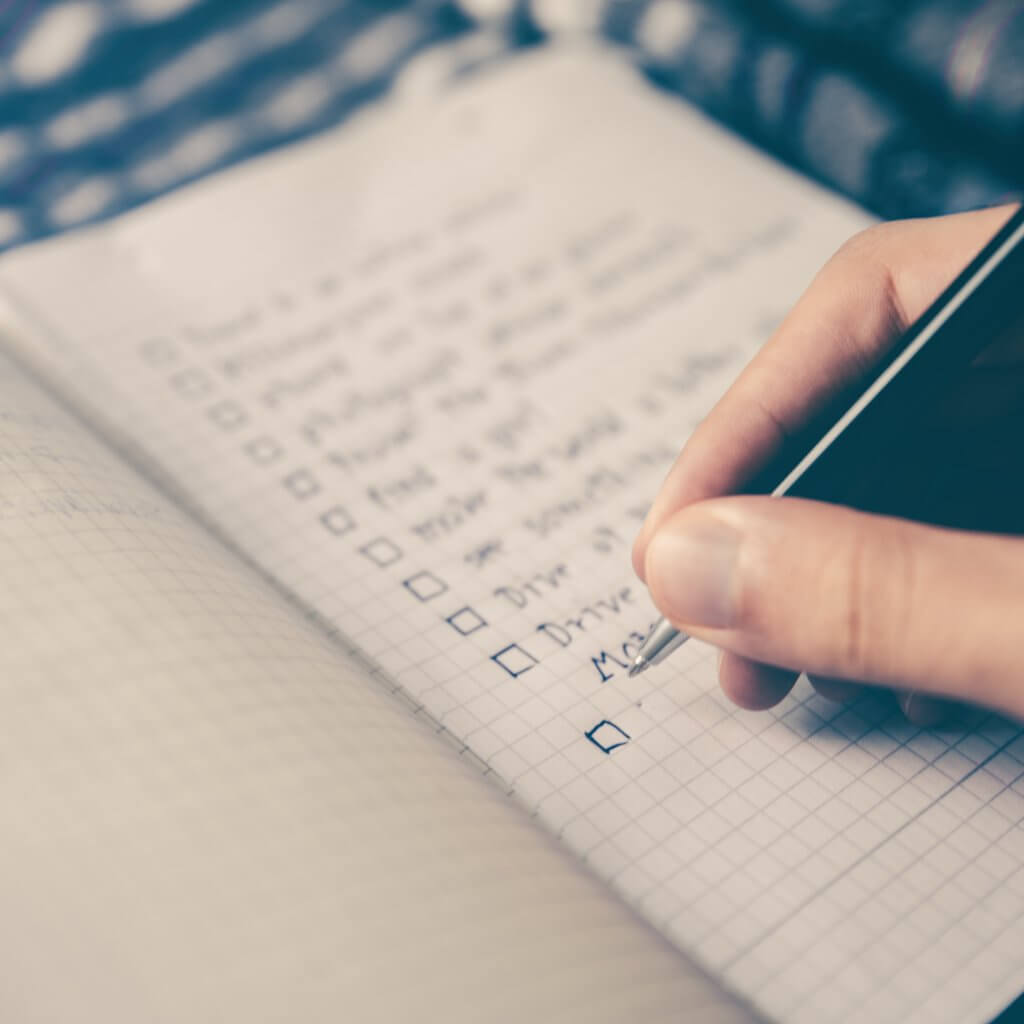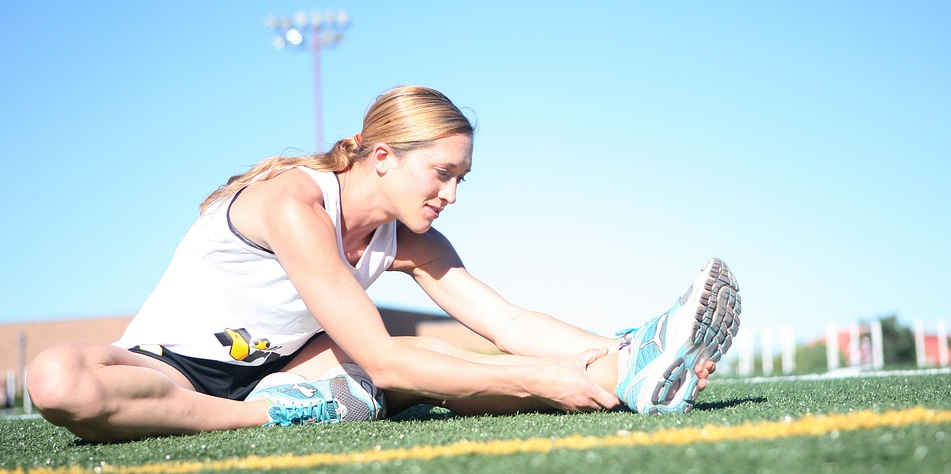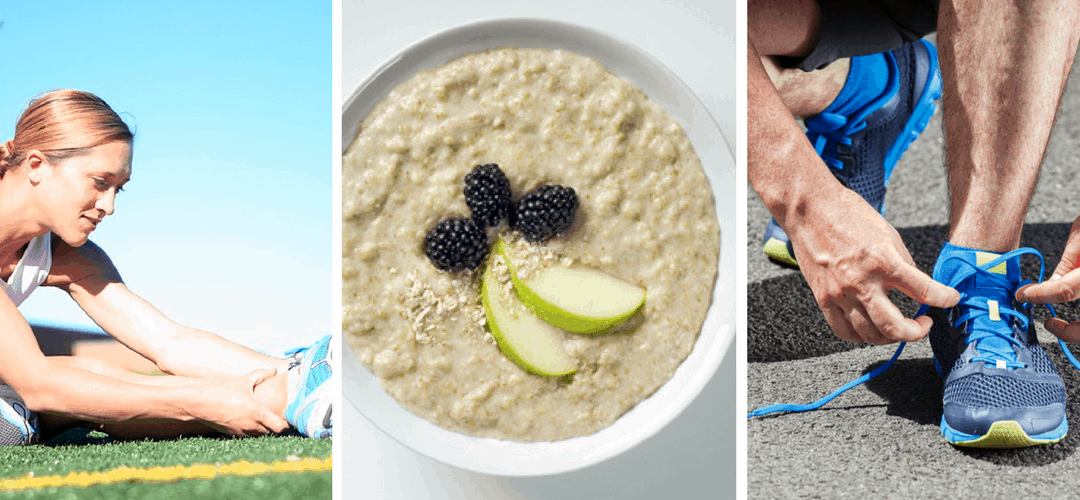Here at Rainier Fruit we have plans for each and every part of our business. A well-defined plan helps us stay on schedule and harvest and pack thousands of boxes of fruit every day. That plan assures that each person is prepared to do their job efficiently. As our Boston Bound runners and thousands of athletes like them prepare for Boston or their first race, wherever it might be, they need a plan as well. Our brand ambassador Laura from This Runner’s Recipes has some great tips for creating a race day routine.
LACE UP TIPS FROM LAURA:
Even the most laid-back runners can experience nerves on the day of a big race. Maybe you don’t sleep well, you have no appetite to eat your pre-race meal, or you’re jittery while lining up at the start line.
Pre-race nerves are to be anticipated whether you’re running your first 5K or a marathon and whether you are a beginner or an experienced runner. However, you don’t have to be overwhelmed with nerves on race day. By developing your tried and true race day routine, you can minimize nerves and be prepared for whatever the race brings.
Always Have a Check List
The last thing you want to do is forget your watch or fuel the morning of the race. A checklist will keep you on track so you don’t forget anything. More importantly, knowing that you are prepared will soothe some of the nerves. Write down your usual pieces of race day gear – each article of clothing, shoes, watch, bib/timing chip, watch, fuel, water, etc. – and check each item off before heading out the door on race morning.

Lay Out Your Gear the Night Before
In addition to using a checklist, lay out your gear the night before. Having all of your gear ready to go will reduce stress on race day morning. You don’t want to be searching through your closet early in the morning when you are already stressed about the race. Take time the night before to set out your outfit for the next day – and backup in case the forecast changes. Save time by pinning your bib to your clothes the night before.
Be sure to plug in your GPS watch and other electronics overnight so that they are charged and ready to grab the morning of the race. Place all of your fuel and water out with your clothes so you don’t forget them.
The gear you use on race day should be tried and true clothes, shoes, and accessories from your training. Don’t wear or use anything new on race day. Familiarity breeds confidence and success and you want your gear to be familiar. Besides, new gear can have other unexpected affects so don’t try something new on race day.
Practice Your Pre-Race Meal in Training
Whether you are running a 5K or a marathon, you want to eat before the race to provide your body with the energy it needs to run. Even if you ate a substantial dinner the night before, up to 50% of your muscle glycogen (carbohydrates stored in your muscles for energy) are burned during sleep. It’s important to eat a small meal or snack before your race, otherwise you will run on empty during your race and struggle to hold pace or finish.
Your pre-race meal should be familiar, bland, and full of easily-digestible carbohydrates. The purpose of this meal is to give you energy during the run – which means you need carbohydrates that don’t cause any GI distress. Simple options such as a plain bagel, toast with honey, bananas, or boiled white potatoes provide carbs while being easy on the stomach.
You want to test your pre-race meal repeatedly in training. Eat your pre-race meal before race specific runs – hard speed workouts for 5K/10K and long runs for marathon and half marathon – to ensure that your stomach can handle the food during the intensity and duration of the race. The last thing you want on race day is to discover that you can’t stomach a bowl of oatmeal while running for 13 miles.
By race day, you want to know exactly what to eat before the race and how long before to eat it. Your pre-race meal should feel so routine that you don’t even need to think about what you will eat.

Have a Warm Up Routine
As with your pre-race meal, you don’t want to try this routine for the first time on race day. You want to have practiced your pre-race warm up before your long runs and hard workouts so your body knows what to expect. The last thing you want on race day is to try a warm up that leaves you with tight and achy muscles during your race.
When I write warm up routines for my athletes, I focus on their typical tight or immobile areas and the muscles used for running. For many runners, this includes the upper back, glutes, hips, hamstrings, and calves. Leg swings, arm circles, walking lunges, and high knees will mobilize the joints, activate the glutes and core, and warm up your working muscles so that you are ready to run when the gun goes off.

These simple tips will help you develop a race day routine that leaves you relaxed and prepared on race morning – so all you have to do is just run and enjoy the race.

